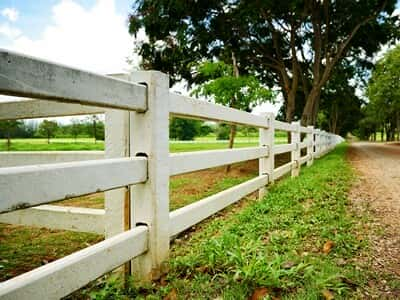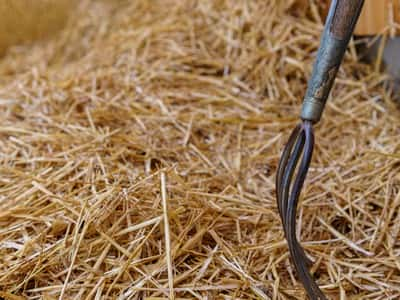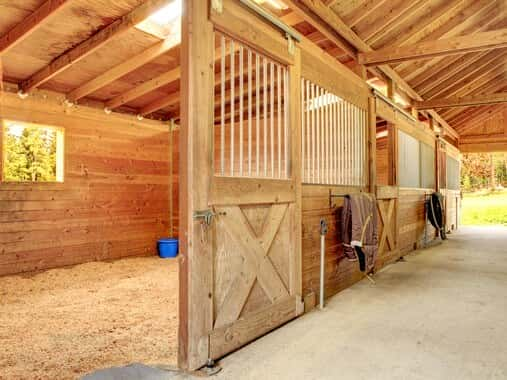It’s that time of year again, when the clocks go back, the leaves change colour and the thermostat wars begin! Now the nights are getting longer, and the weather is increasingly unpredictable, horses will need more shelter from the elements. A full stable MOT now will ensure you are fully prepared for the harsh winter months. With a warm, dry and cosy horse stable, winter won’t be so bad after all.
To keep your horse safe in the stable, here are our top tips for readying your stable while you can still turn your horse out for the day…
Here are our top tips for readying your stable while you can still turn your horse out for the day…
Good ventilation-this is vital, even when the temperature outside plummets. Give all the windows a thorough clean and check for draughts and damage. Make sure all the windows open and close easily and check all the locking mechanisms are working properly to ensure adequate air flow when your horse is inside.
 Clean, clean, clean-a grotty job but it is one that will pay off. Spending a lot more time inside the stable can lead to an increased risk of infections for your horse, which can be worsened by faecal matter and trapped urine. Ensure you strip the stable out completely and pull up any unfixed matting. Use a disinfectant on the walls and floors and make sure you get right into the corners. Allow everything to dry completely. Pressure-washing with disinfectant is a great way to kill off bacteria but make sure your wood stable has good drainage to cope with it before you get carried away.
Clean, clean, clean-a grotty job but it is one that will pay off. Spending a lot more time inside the stable can lead to an increased risk of infections for your horse, which can be worsened by faecal matter and trapped urine. Ensure you strip the stable out completely and pull up any unfixed matting. Use a disinfectant on the walls and floors and make sure you get right into the corners. Allow everything to dry completely. Pressure-washing with disinfectant is a great way to kill off bacteria but make sure your wood stable has good drainage to cope with it before you get carried away.
Eliminate unwanted visitors-rodents love nothing more than finding warm, dry areas with plenty of food on tap to bed into during cold spells. Stables are obvious targets and the damage they are capable of causing can be very costly. You’ll need a good, horse-safe plan to keep them from chewing through electrical wires, damaging equipment, eating and contaminating feed. It’s well worth a call to your local pest control company for some advice.
Safeguard your pipes-frozen pipes don’t just cut off your horse’s water supply, they can also rupture as the ice expands, resulting to costly repairs. So, if your horse’s stable is equipped with an automatic waterer, put some measures in place to protect them. Foam lagging and heat tape reduce the risk of a freeze, and tap cosies are a good idea to help prevent outside taps from freezing. Never underestimate a trusty kettle for thawing pipes too!
Spruce up rugs-if you didn’t clean and mend your rugs before you stored them away in the spring, you’ll need to give them a once-over now. Domestic washing machines are generally not large or powerful enough to clean rugs, so unless your yard is equipped with rug washing facilities, it’s best to send them to a professional cleaner.
Safeguard your paddock
Horse field shelter is vital during the winter months. Fence off slippery areas – inspect your paddock regularly for safety. Horses do well in the snow, but ice can be bad news wherever you may find it.
Break up ice and generously scatter sand appropriately – although being warm and cosy in a barn throughout the winter may appeal to us, your horse will probably want to be outside! Safety-proof the route you’ll take to get him there by making sure paths are well-maintained and protected, especially from ice.
Inspect and repair your fence line – making repairs before the ground freezes will serve you well. Ensure there are not rotted or wobbly boards or posts and that your fence is able to withstand any strong winds or snow that might pay a visit. Remember to remove all nails and any other harmful areas such as splinters are removed. Wooden fencing can also be damaged by a lot of rain, especially if not treated properly. Treat the wood before winter kicks in fully with an animal safe wood treatment to maintain the wood over the wet and cold season. If your horse is prone to chewing your wooden fencing, there are many safe wood treatments that now deter a horse from fence chewing which can help save you time and expense during the winter months.
See all our prices – find stables that offer true value for money.
Send my free stable brochure.

 Stock up on the essentials…
Stock up on the essentials…
Make sure you have got plenty of the fundamentals, so if your yard is hit by an unexpected freeze you won’t be caught out…
- Hay – extra hay is a must to make sure his belly is full during the cold months, particularly if your horse is used to being out on grass.
- Snow shovels – so you can quickly clear a pathway from your horse’s stable to the field.
- Rock salt – for slip-proofing the yard.
- Headlamps – these are handy for the shorter days and in case of a power-cut.
- Water containers – store inside in case pipes freeze and your water supply is temporarily cut off.
We are always happy to chat to you about stables, barns, your horses and your needs without obligation so please do get in touch.
Call 01233 884502, email info@nationalstables.co.uk or send us a message and we will respond ASAP.

Get in touch
Want to know more about choosing low-cost, high-quality stables? We’re happy to answer all your questions. Call 01233 884502, email info@nationalstables.co.uk or send us a message and we will respond ASAP.





